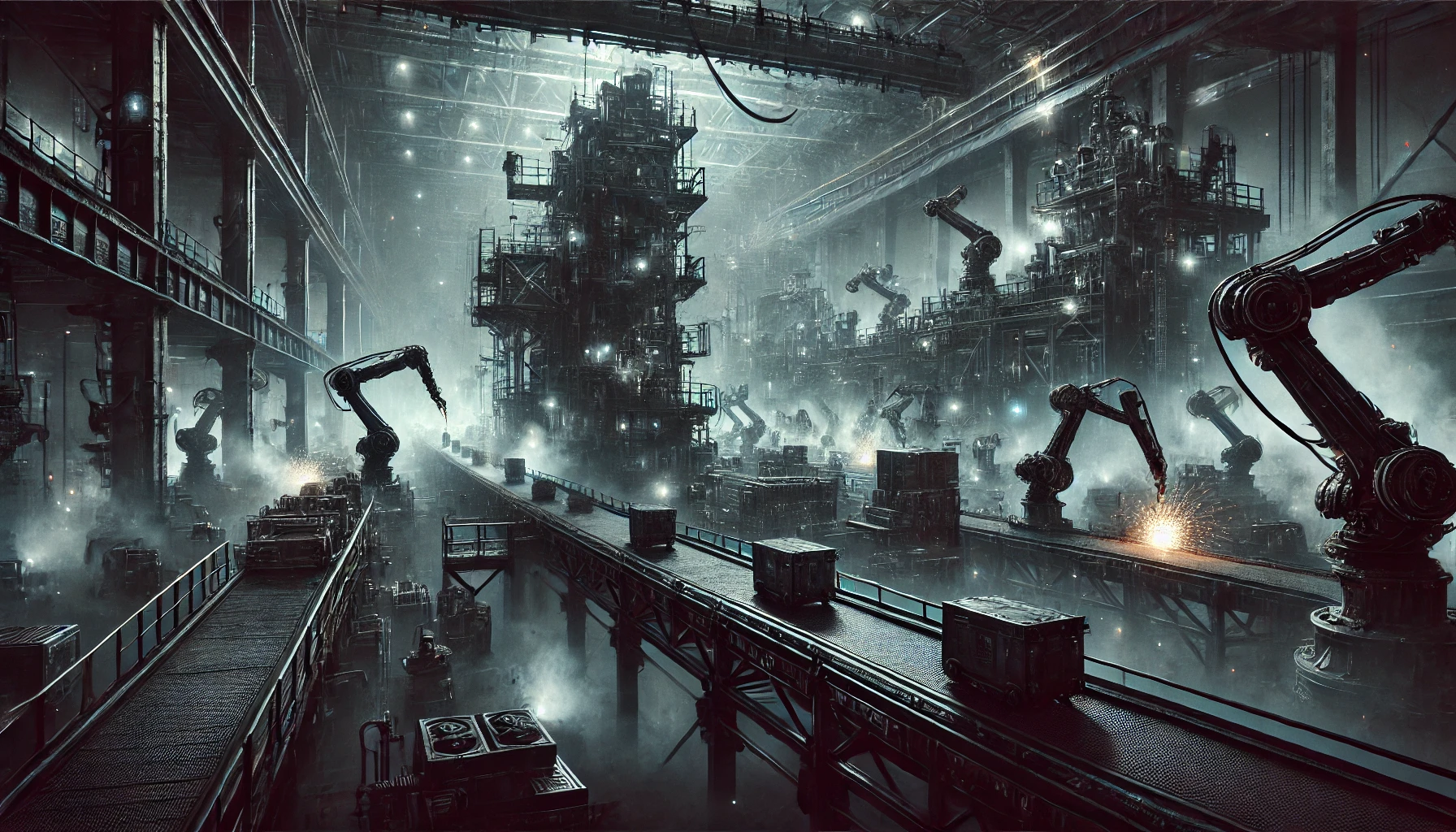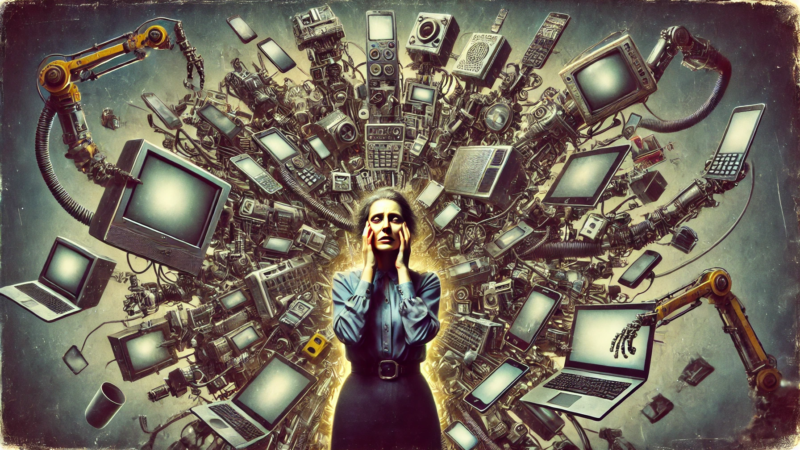AI has been raising concerns as well as possibilities about the loss of jobs for the blue-collar workers. With advanced machines taking over the tasks in manufacturing sector and automation evolving rapidly with intelligence, the workforce in the factories may soon thin out and machines may be in a position to take over entire factories. What looks to be a possible future is the era of “dark factories” where machines work alone, handling all activities end-to-end without human intervention. What does it mean for our society is something that warrants attention.
What is a dark factory?
A dark factory is basically an automatic factory where raw materials enter the production chain and exit the factory with almost negligible human intervention. It was first heard of in Philip Dick’s fictional story ‘Autofac’ in 1955 where he described entirely automated factories in a dystopian setup. In such factories, there may not be a need to have workers and light as well, because machines may not require lights to operate. Enabled by 5G, AI, automation and robotics, dark factories can bring down human labour costs and electricity costs immensely.
Such lights-out factory is fully automated and can operate round the clock without any human assistance, which makes labour-intensive processes obsolete but can also eat away the jobs that today feed many families worldwide.
How do dark factories help?
As the factories do not use lights and workers, they do not need to depend on work timings of humans. Since the production work can continue 24/7, productivity and efficiency increase by leaps and bounds. No one needs to take a break or work in shifts, and hence production capacity increases drastically. Moreover, as no lights are required, emissions can reduce radically and therefore, factories will grow more sustainable. While operating costs decrease, worker safety can increase as fewer workers mean fewer accidents. Highly specialized factory machines are monitored by integrated industrial information systems, increasing quality management by several notches.
Has anyone created such factories?
The world has seen a few companies introducing dark factories. For example, Fanuc is a leader in industrial automation and operates a famous dark factory in Japan where robotic arms take care of all the aspects of production process. Imagine a factory where machines build machines… that’s what the Fanuc factory brings to reality. Siemens has a dark factory in Germany, called the Amberg plant, which reports a 99.99% quality rate, thereby projecting AI as smart enough to run full production chains.
When it comes to gigafactories, how can Tesla be far behind? Tesla’s factories heavily leverage intelligent machines for manufacturing process, despite the need for a little human oversight. A leader in dark factories is rather China, particularly in Computer Numeric Control machining. Mass production with precision engineering in China has moved over to lights-out production.
Are they foolproof?
We can’t say that dark factories have no pitfalls. Understandably, the massive capital expenditure (CAPEX) required to set up a dark factory limits the capacity of several companies to leverage the paradigm. The investments required in AI, ML, robotics, 5G and system integration are humungous and therefore act as a technology barrier against companies. Training and staffing requirements add to the challenge. Moreover, the industries that depend on mass customization to create many variants of a product cannot directly depend on dark factories, as such factories are good only for mass production of a standard product.
Implications for humans
Job losses are inevitable as machine stake over the tasks of production in the factories, and blue-collar workers may witness mass layoffs. This can have immense economic implications and can affect the economic stability of a nation. However, for the developed nations that tend to outsource production process to offshore centres may find an opportunity with dark factories to retain production processes in their own countries, leaving the offshore centres high and dry. Though dark factories score high on sustainability, efficiency, safety and time to market, they do raise concerns regarding the human implications which are more important to consider compared to cost implications of the emerging technology.










